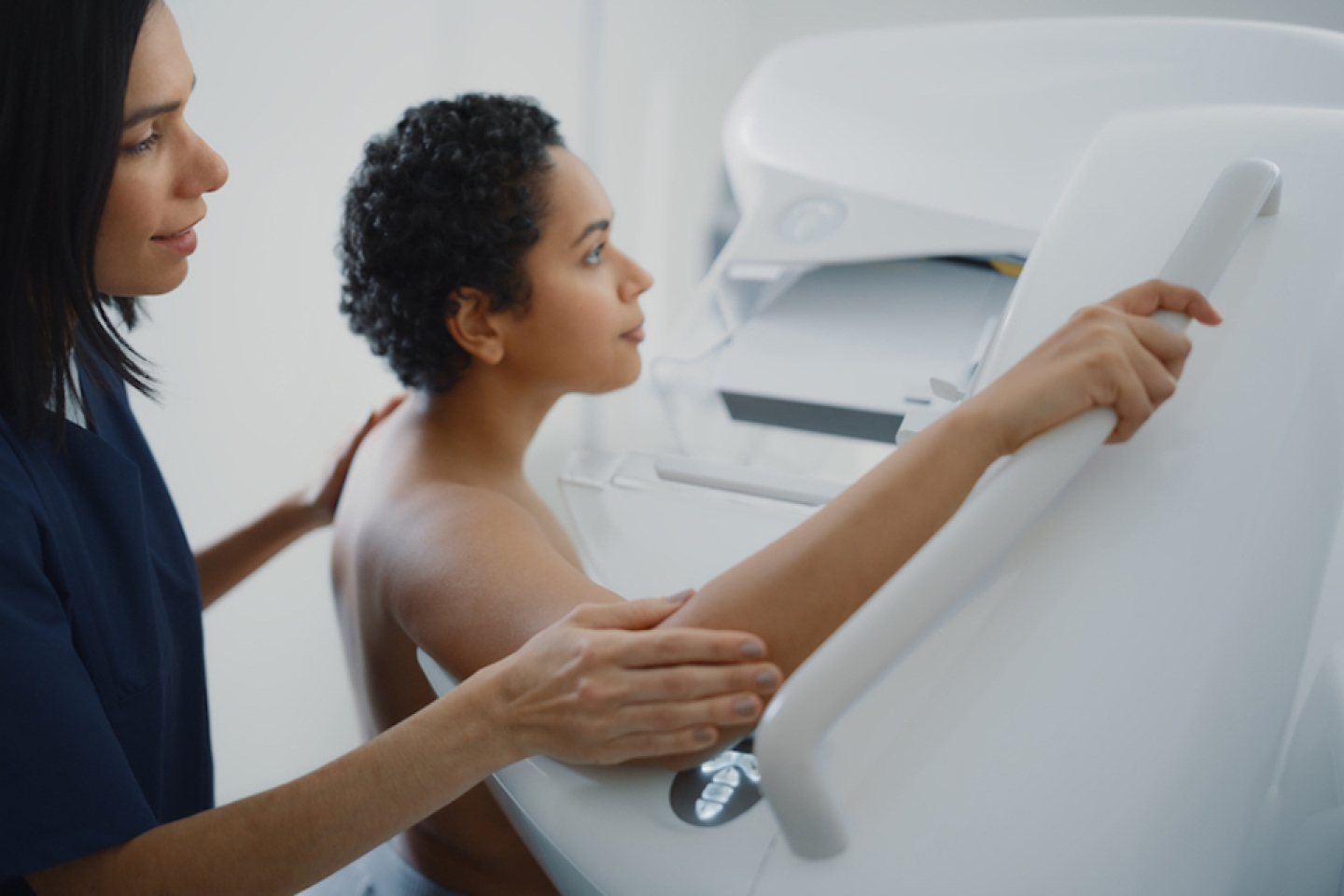
Previously, women were encouraged to develop a personalized breast cancer screening program starting in their 40s. For some women, that meant no mammogram until age 50. That’s all changed.
The U.S. Preventive Services Task Force now encourages all women to screen every two years, starting at age 40. Though a move in the right direction, it may not be enough to protect you.
“The recommended screening interval of two years is too long,” says Katerina Dodelzon, M.D., breast imaging radiologist, associate professor of clinical radiology at Weill Cornell Medical College and assistant attending radiologist at NewYork-Presbyterian/Weill Cornell Medical Center, in a recent Instagram Reel. “More frequent screening is important, particularly for younger women and minority women, who tend to get more aggressive breast cancers, have dense breasts and are more likely to die from breast cancer.”
Like many cancers, breast cancer doesn’t always cause symptoms in its early stages. Without symptoms, the cancer can grow and spread to other areas of the body. Once symptoms arise, you may have advanced cancer, which can be more difficult to treat.
Mammography helps detect breast cancer before any noticeable symptoms appear, opening the door to more treatment options that are less invasive.
If your screening mammogram has abnormal results, your provider prescribes follow-up tests. You may undergo a diagnostic mammogram, breast magnetic resonance imaging (MRI), breast ultrasound or other breast imaging exams.
A biopsy then confirms the presence of cancer. For a biopsy, your provider takes a small sample of breast tissue for laboratory evaluation. If cancer is present, you work with your care team to develop a treatment plan that meets your goals.
Thanks to advances in breast cancer care, survival rates are higher than ever. The average five-year survival for breast cancer is 91 percent. However, treatment for cancer confined to the breast leads to even better results. Approximately 99 percent of women with localized breast cancer survive for five or more years after treatment.
To take advantage of these excellent results, you need an early diagnosis. That requires taking charge of your health and seeking regular mammograms. Dr. Dodelzon explains that the data clearly show you should start screening mammography at age 40 if you’re at average risk for breast cancer. As long as you’re in good health, you should continue getting regular mammograms until age 74.
If you end up missing your scheduled mammogram appointment, call your provider to reschedule. Putting off your screening could have a negative effect on your long-term health.
“An annual mammogram saves the most lives from breast cancer,” Dr. Dodelzon says. “Skipping just one annual mammogram may delay the diagnosis of breast cancer, meaning when found, breast cancer is larger and more advanced.”
Want to protect your breast health for years to come? Find a doctor at Weill Cornell Medicine today to get started.